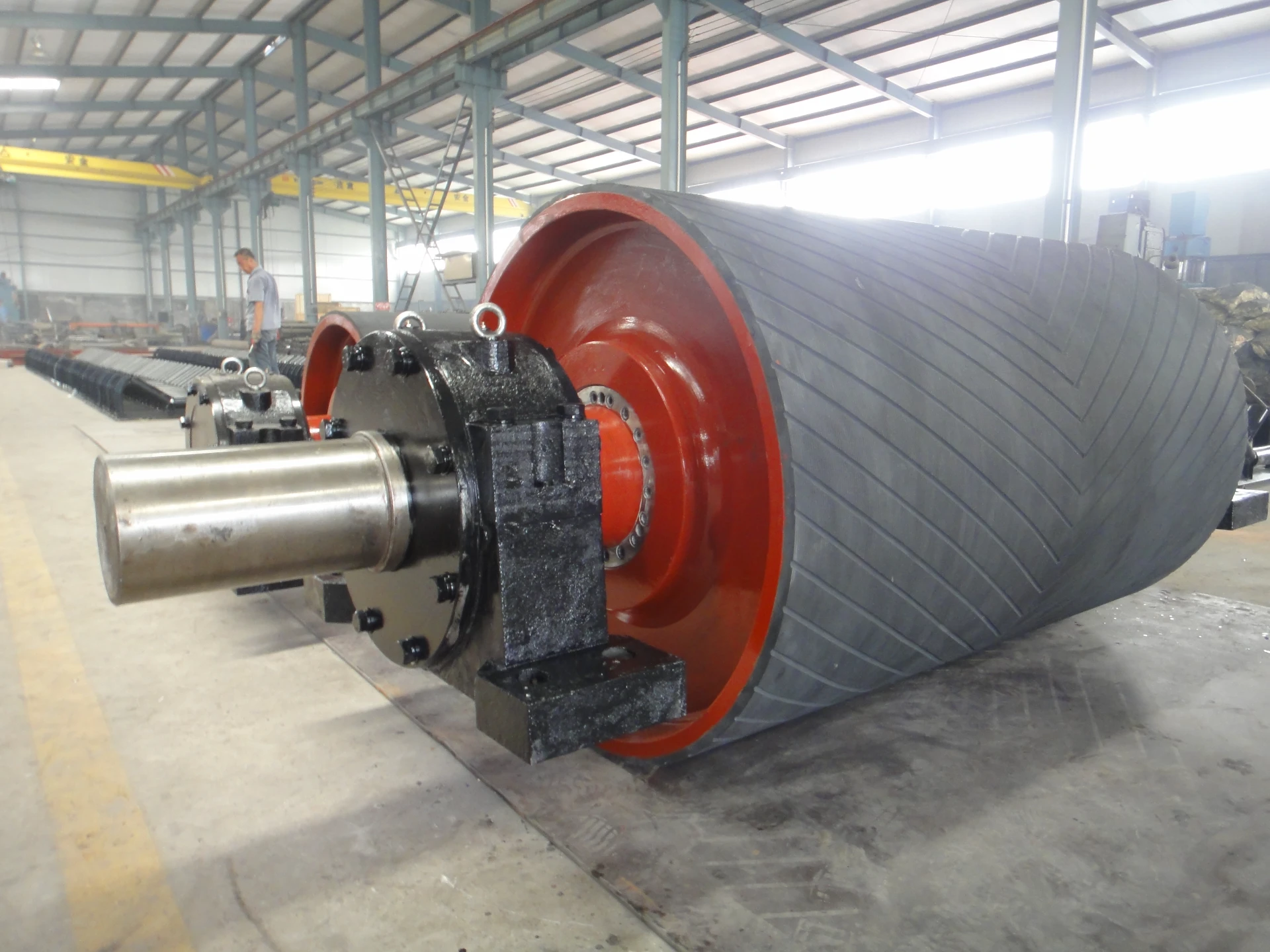 Afrikaans
Afrikaans  Albanian
Albanian  Amharic
Amharic  Arabic
Arabic  Armenian
Armenian  Azerbaijani
Azerbaijani  Basque
Basque  Belarusian
Belarusian  Bengali
Bengali  Bosnian
Bosnian  Bulgarian
Bulgarian  Catalan
Catalan  Cebuano
Cebuano  Corsican
Corsican  Croatian
Croatian  Czech
Czech  Danish
Danish  Dutch
Dutch  English
English  Esperanto
Esperanto  Estonian
Estonian  Finnish
Finnish  French
French  Frisian
Frisian  Galician
Galician  Georgian
Georgian  German
German  Greek
Greek  Gujarati
Gujarati  Haitian Creole
Haitian Creole  hausa
hausa  hawaiian
hawaiian  Hebrew
Hebrew  Hindi
Hindi  Miao
Miao  Hungarian
Hungarian  Icelandic
Icelandic  igbo
igbo  Indonesian
Indonesian  irish
irish  Italian
Italian  Japanese
Japanese  Javanese
Javanese  Kannada
Kannada  kazakh
kazakh  Khmer
Khmer  Rwandese
Rwandese  Korean
Korean  Kurdish
Kurdish  Kyrgyz
Kyrgyz  Lao
Lao  Latin
Latin  Latvian
Latvian  Lithuanian
Lithuanian  Luxembourgish
Luxembourgish  Macedonian
Macedonian  Malgashi
Malgashi  Malay
Malay  Malayalam
Malayalam  Maltese
Maltese  Maori
Maori  Marathi
Marathi  Mongolian
Mongolian  Myanmar
Myanmar  Nepali
Nepali  Norwegian
Norwegian  Norwegian
Norwegian  Occitan
Occitan  Pashto
Pashto  Persian
Persian  Polish
Polish  Portuguese
Portuguese  Punjabi
Punjabi  Romanian
Romanian  Russian
Russian  Samoan
Samoan  Scottish Gaelic
Scottish Gaelic  Serbian
Serbian  Sesotho
Sesotho  Shona
Shona  Sindhi
Sindhi  Sinhala
Sinhala  Slovak
Slovak  Slovenian
Slovenian  Somali
Somali  Spanish
Spanish  Sundanese
Sundanese  Swahili
Swahili  Swedish
Swedish  Tagalog
Tagalog  Tajik
Tajik  Tamil
Tamil  Tatar
Tatar  Telugu
Telugu  Thai
Thai  Turkish
Turkish  Turkmen
Turkmen  Ukrainian
Ukrainian  Urdu
Urdu  Uighur
Uighur  Uzbek
Uzbek  Vietnamese
Vietnamese  Welsh
Welsh  Bantu
Bantu  Yiddish
Yiddish  Yoruba
Yoruba  Zulu
Zulu conveyor component
The Importance of Conveyor Components in Modern Industry
In today’s fast-paced industrial landscape, conveyor systems play a crucial role in streamlining operations across various sectors. From manufacturing to logistics, the efficiency of these systems hinges on the reliability and performance of conveyor components. Understanding these components and their functions can significantly enhance productivity and operational effectiveness.
Understanding Conveyor Systems
Conveyor systems are engineered to transport materials from one point to another, automating what was once a manual task. They come in various forms, including belt conveyors, roller conveyors, and chain conveyors, each tailored to specific operational needs. At the heart of these systems lie crucial conveyor components, which include pulleys, belts, rollers, bearings, and drive units. Each component contributes to the overall functionality and efficiency of the conveyor system.
Key Conveyor Components
1. Belt The conveyor belt is perhaps the most identifiable component of a conveyor system. It is designed to move materials efficiently along the system. The choice of material—be it rubber, plastic, or metal—depends on the type of products being transported and the operating environment. For instance, rubber belts are often used in heavy-duty applications due to their durability and resistance to wear.
2. Pulleys These are essential for the movement of the conveyor belt. Pulleys support the belt and help maintain its tension. They come in various types, including drive pulleys, which control the belt’s movement, and take-up pulleys, which manage the belt tension. Properly selected and maintained pulleys ensure smooth operation and prolong the life of the conveyor system.
3. Rollers Rollers provide support to the belt and reduce friction during operation. They come in many forms, such as idler rollers and impact rollers, each serving a specific purpose. For example, impact rollers are used in areas where heavy materials are loaded onto the conveyor, absorbing shock and minimizing wear and tear.
conveyor component

4. Bearings Bearings facilitate smooth rotation of the pulleys and rollers, reducing friction and wear. Selecting the right type of bearing is crucial for the longevity of a conveyor system. Lubrication and regular maintenance further enhance the performance of these components, preventing breakdowns and costly downtime.
5. Drive Units These units are responsible for powering the conveyor system. They convert electrical energy into mechanical energy, driving the pulleys that move the belt. Drive units vary in size and power output, depending on the application. Ensuring the drive unit is properly sized and maintained is essential for optimal system performance.
Benefits of High-Quality Conveyor Components
Investing in high-quality conveyor components yields numerous benefits. Firstly, it enhances system reliability. High-quality components are less likely to fail, reducing the risk of production halts and the associated costs. Secondly, they improve efficiency. A well-maintained conveyor system operates more smoothly, leading to faster material handling and reduced cycle times.
Moreover, high-quality components contribute to safety in the workplace. A reliable system minimizes the risk of accidents caused by equipment failure. Additionally, regular maintenance of conveyor components can identify potential issues before they escalate, ensuring a safer working environment.
Conclusion
As industries continue to evolve, the role of conveyor systems and their components becomes increasingly vital. A thorough understanding of the various conveyor components and their functions allows businesses to optimize their operations and improve productivity. Investing in high-quality components, maintaining them properly, and staying informed about technological advancements can provide a competitive edge in the market. In this era of automation, the importance of conveyor components cannot be overstated; they are the backbone of efficient material handling and distribution processes.
-
Revolutionizing Conveyor Reliability with Advanced Rubber Lagging PulleysNewsJul.22,2025
-
Powering Precision and Durability with Expert Manufacturers of Conveyor ComponentsNewsJul.22,2025
-
Optimizing Conveyor Systems with Advanced Conveyor AccessoriesNewsJul.22,2025
-
Maximize Conveyor Efficiency with Quality Conveyor Idler PulleysNewsJul.22,2025
-
Future-Proof Your Conveyor System with High-Performance Polyurethane RollerNewsJul.22,2025
-
Driving Efficiency Forward with Quality Idlers and RollersNewsJul.22,2025





























